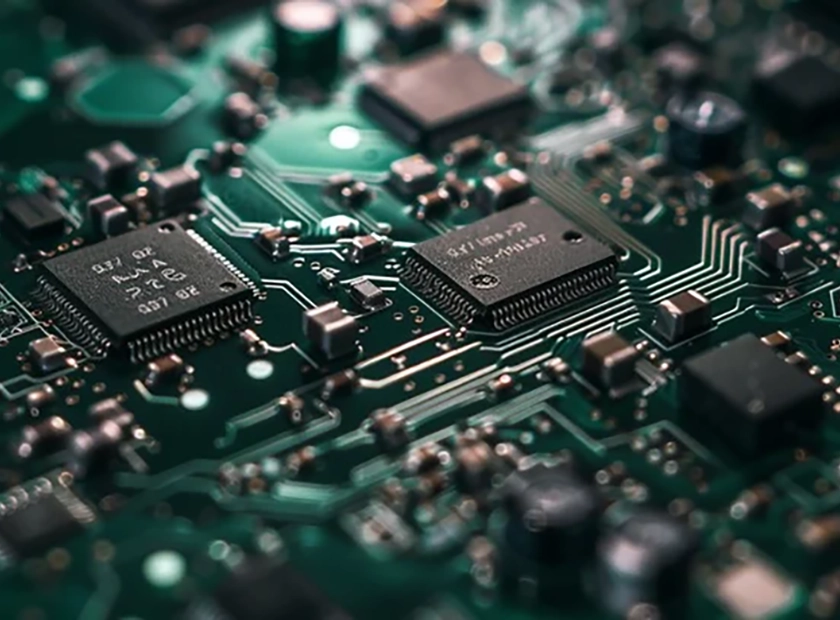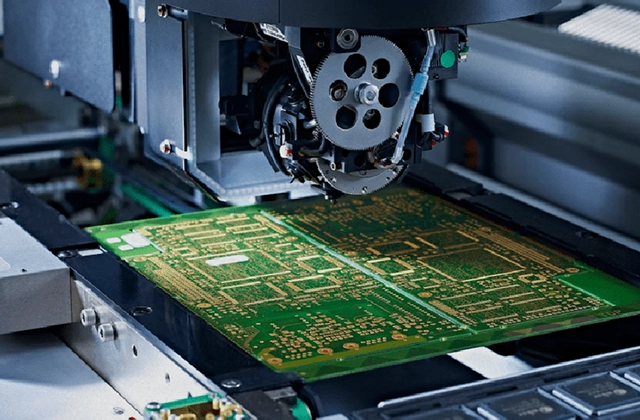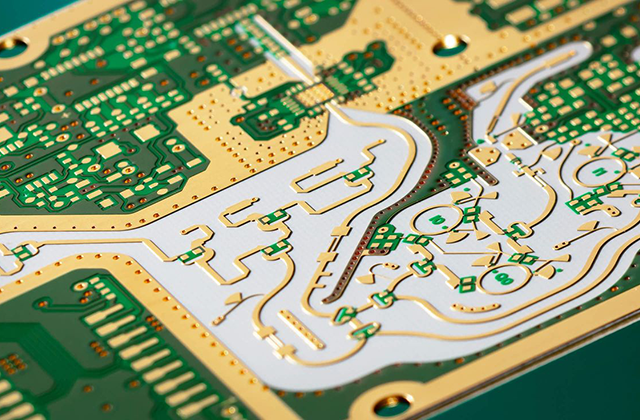Charms and Challenges of Miniaturized Resistors about PCB

In the realm of electronic engineering, the relentless wave of component miniaturization continues to surge, with the shrinking dimensions of fundamental elements like resistors being particularly noteworthy. This trend profoundly reshapes how we design and manufacture electronic devices, driven by an unceasing pursuit of smaller, lighter, and more functionally integrated products. Admittedly, making resistors progressively smaller offers significant spatial benefits for Printed Circuit Boards (PCBs), enabling designers to either incorporate more functionality within a limited area or directly reduce the overall product size. This is an undeniable boon for smartphones, wearable devices, and other portable and high-density applications. Such space optimization not only pertains to aesthetics and portability but can also lead to potential cost advantages in mass production due to reduced material usage, although initial investments in equipment and processes might be higher.
However, this extreme pursuit of dimensional reduction is not without its hurdles, as the complexity in manufacturing and assembly processes also escalates, imposing new demands on the entire production ecosystem. For instance, while miniature resistors (such as 0201 or even smaller 01005 packages) facilitate unprecedentedly compact circuit layouts, they demand placement accuracy at the micron level, far exceeding the capabilities of traditional processes. Consequently, production lines must rely on highly advanced and expensive automated pick-and-place equipment, whose precise calibration and routine maintenance are also more complex. Concurrently, ensuring solder joint quality necessitates higher standards for the precision and consistency of solder paste printing, as any minute deviation can lead to soldering defects like bridging or poor solder joints, thereby impacting the final product yield.

Automated-Circuit-Board-Assembly
Furthermore, components that are virtually imperceptible to the naked eye render traditional visual inspection impractical, making advanced inspection methods like Automated Optical Inspection (AOI) and X-ray inspection standard, which undoubtedly adds to quality control costs and time. For engineers and technicians, especially during prototyping, small-batch production, or equipment rework stages, manually soldering or replacing these minuscule components is an almost impossible task. Any attempt is akin to dancing on the head of a pin, with a high risk of damaging the component or the circuit board, thereby significantly increasing the difficulty and risk of R&D iterations. It is precisely for these reasons that many design teams and startups consider outsourcing complex PCB assembly work to professional service providers, especially those capable of flexibly handling everything from small-batch prototype PCB assembly to offering complete turnkey PCB assembly solutions, such as Elecrow. This has become a common strategy to ensure the successful realization of high-density designs and accelerate time-to-market.
From an electrical performance perspective, miniaturized resistors exhibit compelling advantages in certain aspects, particularly in high-frequency applications with stringent signal integrity requirements, such as RF (Radio Frequency) circuits and high-speed digital interfaces. Their smaller physical size inherently means lower parasitic inductance and parasitic capacitance. This reduction in parasitic parameters is crucial for minimizing signal reflections, crosstalk, and unnecessary delays and distortions, enabling circuits to maintain excellent performance and stability at high frequencies. Simultaneously, shorter lead lengths and connection paths also contribute to optimizing overall signal transmission quality, providing a solid foundation for the design of high-performance electronic devices.

High-frequency circuit board design
At the same time, the drastic reduction in physical size directly limits their core power handling capability. Due to a significantly reduced heat dissipation surface area, when miniature resistors carry larger currents, heat is difficult to dissipate effectively, leading to rapid accumulation and temperature spikes. This condition can not only cause them to exceed their rated operating temperature range, triggering parameter drift or even permanent damage, but also poses a significant threat to their long-term reliability. Consequently, their power ratings are typically much lower than those of traditionally sized resistors, compelling designers to either seek larger components for power-intensive applications or adopt more complex thermal management designs, which might, to some extent, offset some of the space-saving advantages. Moreover, their extremely small physical structure may also reduce their ability to withstand overvoltage, and during manufacturing, ensuring that such tiny components maintain strict resistance tolerances and excellent long-term stability (e.g., the ability to withstand environmental factors like temperature cycling and moisture ingress) presents a formidable challenge to materials science and manufacturing processes. Potential batch-to-batch variations and aging effects also require more cautious assessment by designers.
Therefore, when engineers sketch these miniature resistors into their design blueprints, they must make meticulous trade-offs between the space savings, potential cost benefits, and high-frequency performance advantages they offer, and the complexities of handling, power limitations, and potential challenges in stability and durability. While the industry trend undeniably leans towards smaller dimensions to meet evolving technological demands and consumer desires for an ultimate experience, designers must also be acutely aware that every decision to "shrink" is accompanied by a series of engineering challenges that require comprehensive consideration, from supply chain stability to final product reliability, all intricately linked. In the future, with advancements in materials science, innovations in nano-fabrication processes, and the application of smarter automation technologies, we may see these challenges better mitigated. For now, however, the charm and challenges of miniaturized resistors will continue to coexist, testing the ingenuity, experience, and innovative capabilities of engineers.
